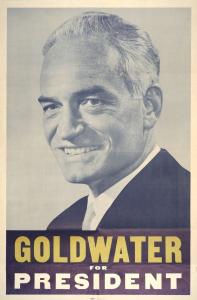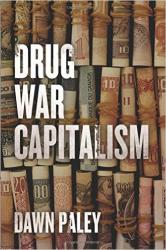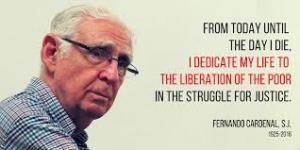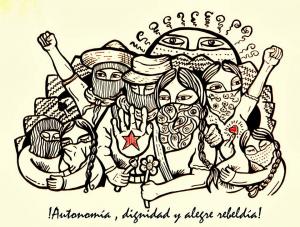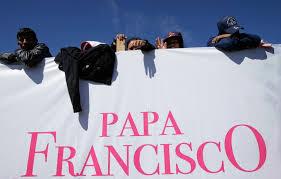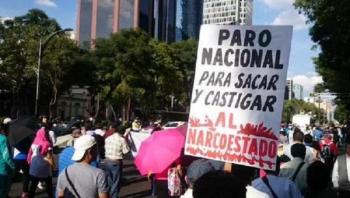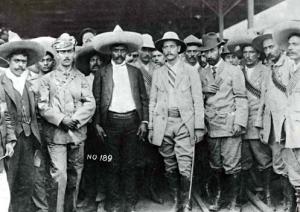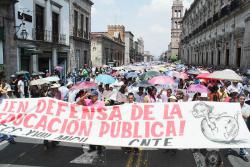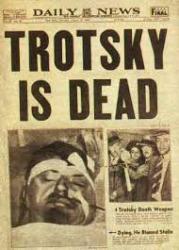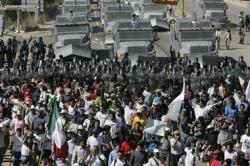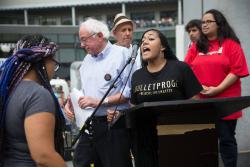
This is the second of three book reviews that will look at what Mexican intellectuals on the left have written in an attempt to understand Ayotzinapa and what it symbolizes and signifies for their country and its future. The first review appeared here. – DL
Manuel Aguilar Mora and Claudio Albertani, eds., La noche de Iguala y el despertar de México. Mexico: Juan Pablos Editor, 2015. Pp. 382. Photographs. Illustrations. Maps. Tables. (Available only in Spanish at this time.)
The Night of Iguala and the Awakening of Mexico (as we translate the title of this book), like Sergio Aguayo’s From Tlatelolco to Ayotzinapa, deals with the horrifying killing of six people and forced disappearance of 43 students of the Ayotzinapa Rural Teachers College in the town of Iguala, Guerrero on September 26, 2014.
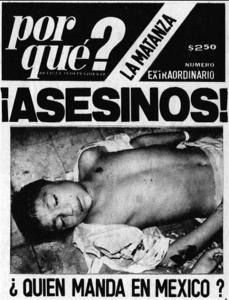
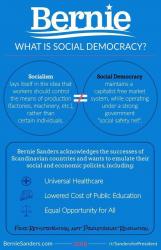

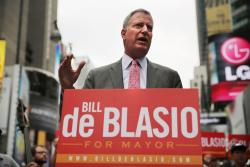

_1968.png)
